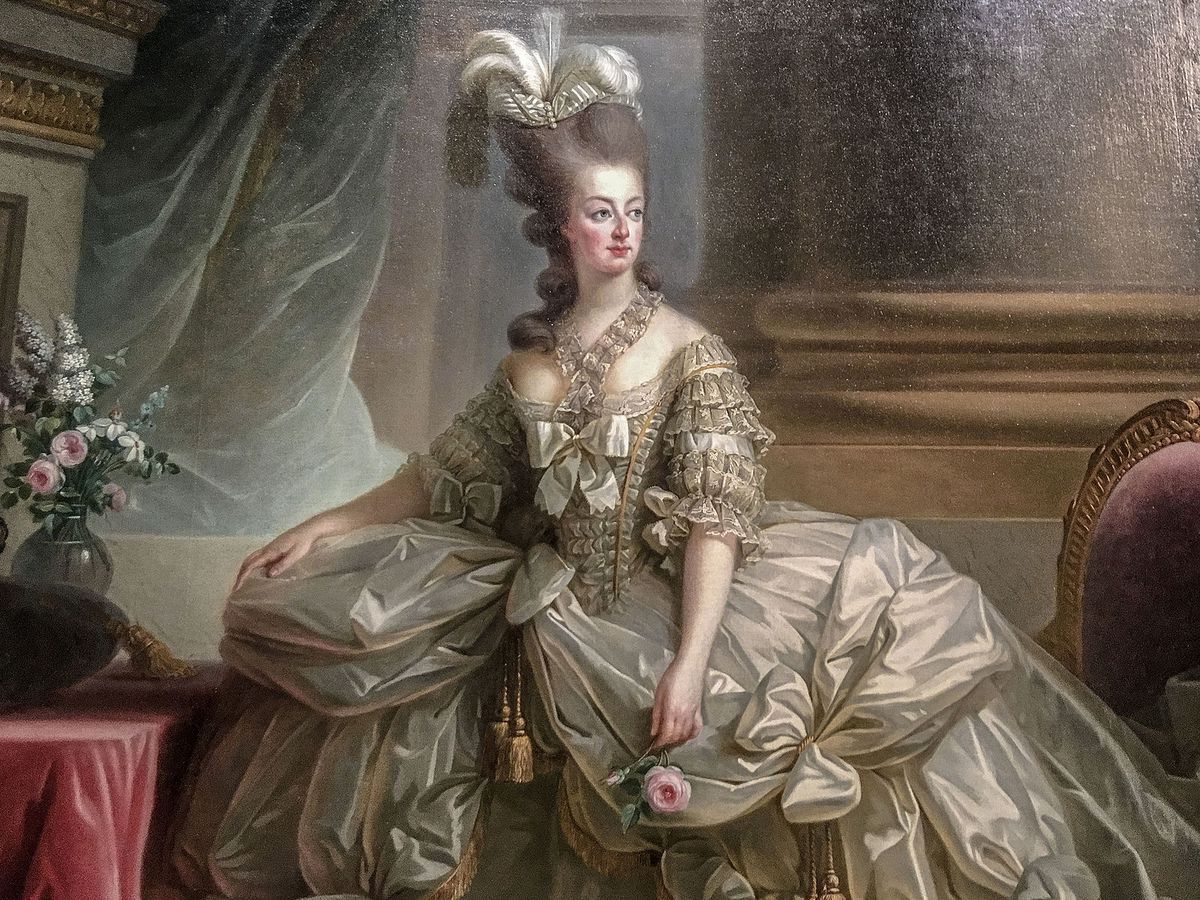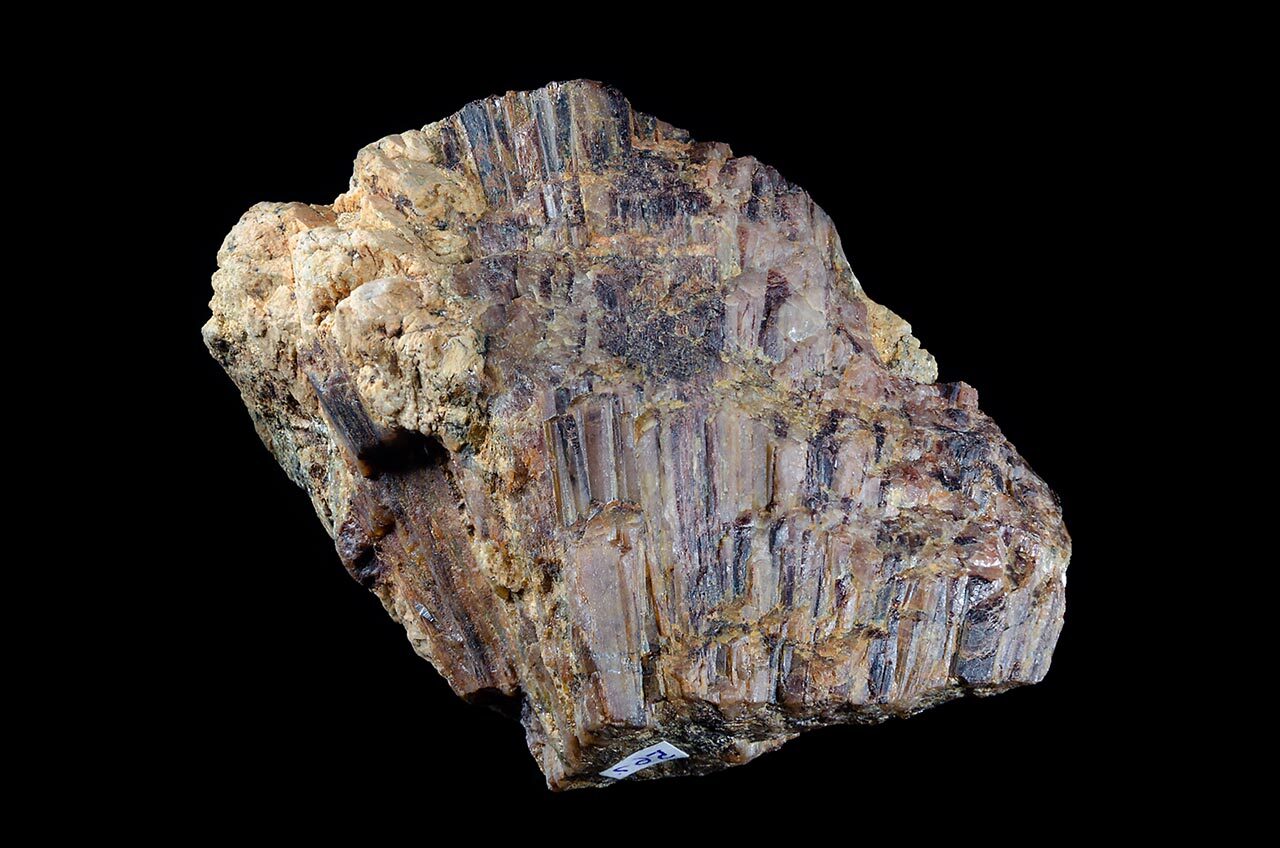
Marie Antoinette Syndrome is a rare condition where hair suddenly turns white, often due to extreme stress or shock. Named after the French queen Marie Antoinette, whose hair reportedly turned white overnight before her execution, this phenomenon has intrigued both historians and medical professionals. While the story of Marie Antoinette's overnight transformation is more legend than fact, the syndrome itself highlights the complex relationship between emotional stress and physical changes in the body. This article delves into the causes, symptoms, and historical context of Marie Antoinette Syndrome, offering a comprehensive look at this fascinating condition.
Key Takeaways:
- Marie Antoinette Syndrome makes hair turn white suddenly, like a big shock. It's named after the queen whose hair did this before she was executed. It's rare and mysterious!
- There's no special treatment for this syndrome, but people can dye their hair and check for health problems. It's a fascinating link between stress and physical changes.
What is Marie Antoinette Syndrome?
Marie Antoinette Syndrome is a rare condition where the scalp hair suddenly turns white, often due to a significant shock or life-threatening situation. Named after the infamous French queen, Marie Antoinette, whose hair reportedly turned white overnight before her execution, this phenomenon has intrigued many. Let's dive into the details.
-
Definition of Marie Antoinette Syndrome: This condition involves the sudden and rapid whitening of scalp hair, unrelated to aging.
-
Historical Context: Named after Marie Antoinette, whose hair supposedly turned white overnight before her execution in 1793.
Causes of Marie Antoinette Syndrome
Understanding the causes can help demystify this rare condition. While not entirely understood, several factors are believed to contribute.
-
Autoimmune Disorder: The body mistakenly attacks its own healthy cells, leading to a sudden loss of pigment in the hair.
-
Alopecia Areata: An autoimmune condition causing hair loss, making existing white hair more noticeable.
-
Genetics: Premature graying can run in families, indicating a genetic predisposition.
-
Hormonal Changes: Conditions like thyroid diseases, menopause, and low testosterone levels can cause hair to turn white.
-
Nutritional Deficiencies: Lack of vitamin B12 can lead to hair turning white.
-
Vitiligo: A skin condition causing white spots that can affect hair.
Symptoms and Diagnosis
Recognizing the symptoms and understanding how to diagnose this condition is crucial for proper management.
-
Primary Symptom: The sudden and rapid whitening of scalp hair, often occurring overnight.
-
Associated Stress: This condition is often linked to significant emotional or physical stress.
-
Challenging Diagnosis: Diagnosing involves ruling out other causes of sudden hair whitening and conducting a general health examination.
Treatment and Management
While there is no specific treatment for Marie Antoinette Syndrome, managing the condition involves addressing underlying issues and cosmetic solutions.
-
No Specific Treatment: There is no direct treatment for this syndrome.
-
Hair Dye: Patients often dye their hair to manage the appearance of white hair.
-
Regular Health Check-Ups: Essential for detecting any underlying conditions contributing to the syndrome.
Marie Antoinette's Life and Legacy
Marie Antoinette's life provides a rich backdrop for understanding this condition and its historical significance.
-
Birth and Early Life: Born Archduchess Maria Antonia Josefa Johanna on November 2, 1755, in Vienna, Austria.
-
Marriage to Louis XVI: Married at 14 in 1770, a political alliance between Austria and France.
-
Fashion Icon: Renowned for her fashion sense and extravagant hairstyles.
-
Social Life: Known for her love of cakes, chocolate, and other luxuries.
-
French Revolution: A central figure in the early stages, accused of treason, leading to her execution.
-
Portraits: Painted numerous times by Élisabeth Louise Vigée Le Brun, showcasing her fashion sense.
-
Popular Culture: Subject of numerous films, books, and other media.
-
Historical Significance: Symbolizes the end of the absolute monarchy in France and the rise of the French Revolution.
Modern Medicine and Marie Antoinette Syndrome
While not a recognized medical term, the phenomenon highlights the complex interplay between psychological and physical stress on the human body.
-
Recognized Phenomenon: Sudden whitening of hair in response to shock is acknowledged in modern medicine.
-
Health Check-Ups: Regular check-ups are crucial for detecting underlying conditions.
-
General Health Examination Packages: Comprehensive health assessments suitable for various age groups and individual needs.
-
Customer Service: Institutions like Vinmec International General Hospital offer outstanding customer service.
-
Appointment Scheduling: Easy scheduling using apps like MyVinmec.
-
Hotline Services: Available for immediate assistance or appointment registration.
Other Causes of Sudden Hair Whitening
Several other factors can cause sudden hair whitening, unrelated to Marie Antoinette Syndrome.
-
Nutritional Deficiencies: Lack of vitamin B12 can cause hair to turn white.
-
Hormonal Changes: Thyroid diseases, menopause, and low testosterone levels can lead to premature graying.
-
Genetic Factors: Family history of premature graying indicates a genetic predisposition.
-
Alopecia Areata: An autoimmune condition causing hair loss and making existing white hair more noticeable.
-
Vitiligo: A skin condition causing white spots that can affect hair.
Marie Antoinette's Personal Life
Her personal life was filled with challenges and complexities, providing a deeper understanding of her as a historical figure.
-
Idyllic Childhood: Grew up at Schonbrunn Palace with her mother, Empress Maria Teresa, and father, Emperor Francis I.
-
Marriage Challenges: Married young, faced challenges due to Louis XVI's impotence.
-
Children: Had four children with Louis XVI and adopted four more.
-
Fashion Trends: Popularized elaborate hairstyles adorned with flowers, feathers, and jewels.
-
Limited Political Role: Had little political influence, contributing to the public's perception of her as out of touch.
-
Execution: Executed by guillotine on October 16, 1793, symbolizing the end of the absolute monarchy in France.
-
Complex Legacy: Represents both the extravagance of the French monarchy and the tragic figure of a queen who fell victim to the French Revolution.
Final Thoughts on Marie Antoinette Syndrome
Marie Antoinette Syndrome, though rare, is a fascinating phenomenon where hair turns white suddenly due to extreme stress or shock. Named after the French queen, whose hair reportedly turned white before her execution, this condition highlights the complex relationship between emotional stress and physical changes. While the exact causes remain unclear, it's often linked to autoimmune disorders, hormonal changes, or severe emotional distress. Treatment focuses on managing underlying conditions and cosmetic solutions like hair dye. Marie Antoinette's life, filled with luxury, scandal, and tragedy, adds a historical backdrop to this syndrome. Her story continues to captivate, reminding us of the profound impact stress can have on our bodies. Regular health check-ups and a balanced lifestyle can help manage stress and maintain overall well-being. Understanding this syndrome offers insight into the intricate ways our bodies respond to emotional and physical challenges.
Frequently Asked Questions
Was this page helpful?
Our commitment to delivering trustworthy and engaging content is at the heart of what we do. Each fact on our site is contributed by real users like you, bringing a wealth of diverse insights and information. To ensure the highest standards of accuracy and reliability, our dedicated editors meticulously review each submission. This process guarantees that the facts we share are not only fascinating but also credible. Trust in our commitment to quality and authenticity as you explore and learn with us.


